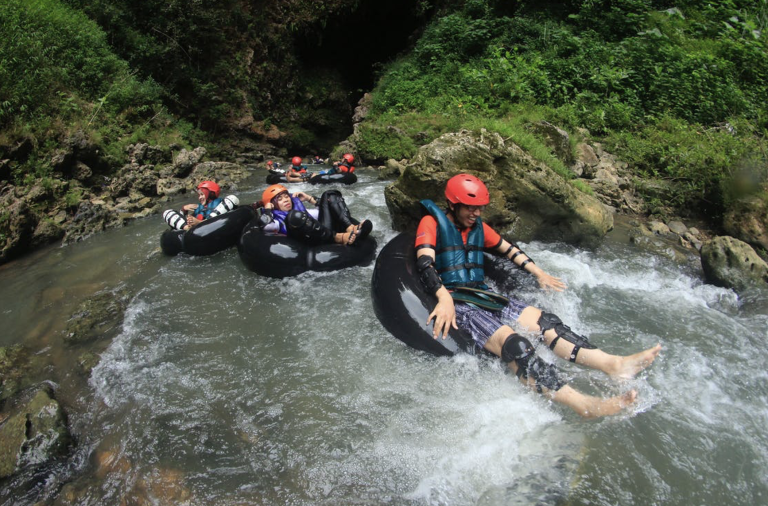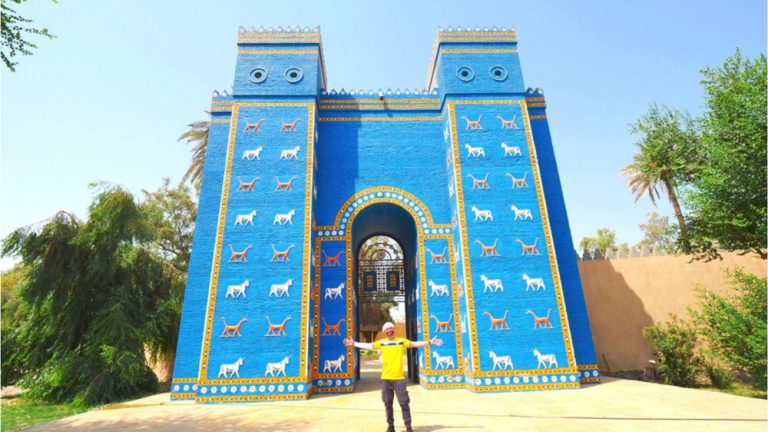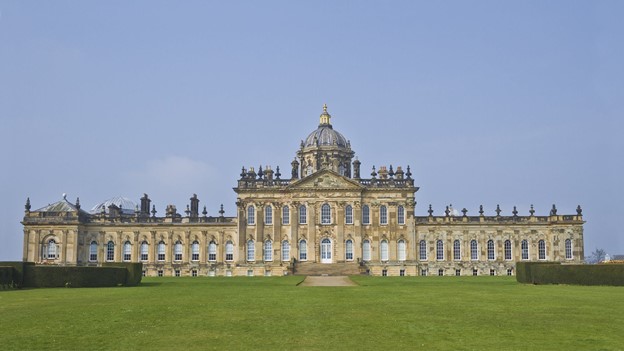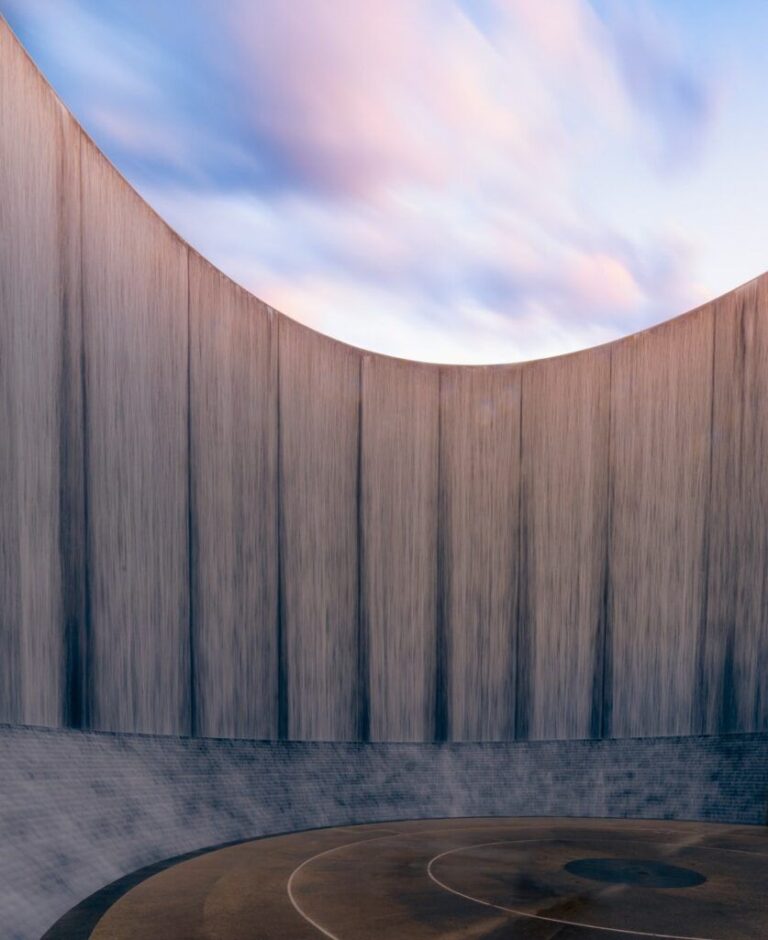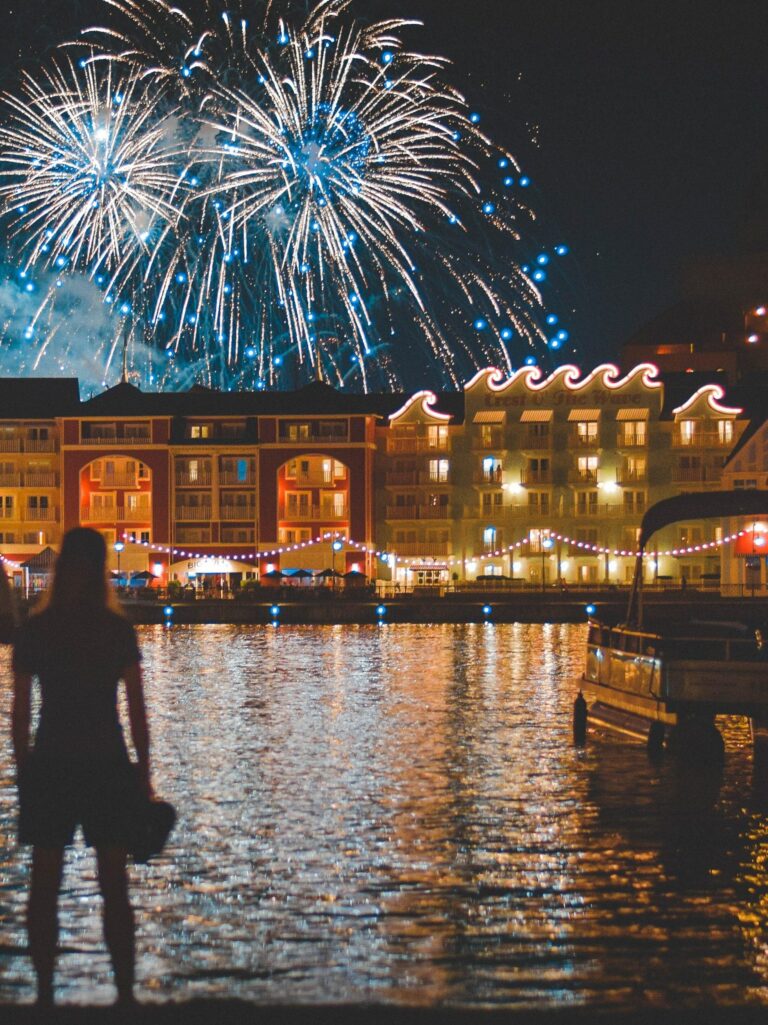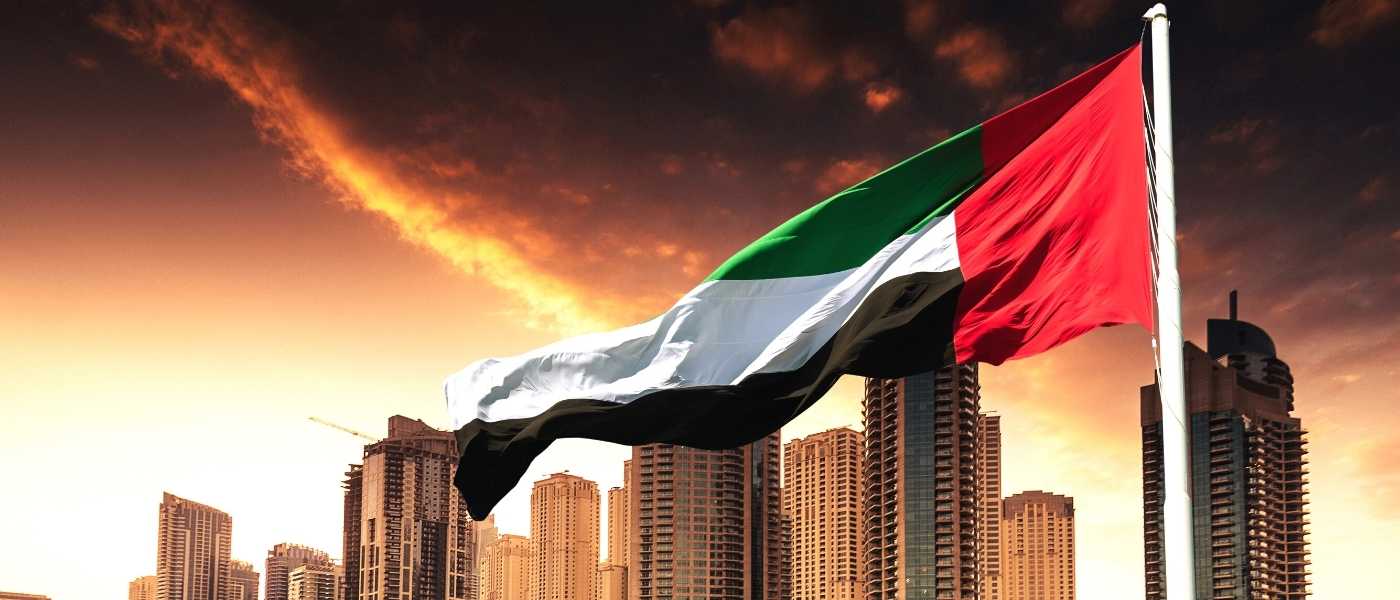
Everything changed in 1966 when oil was found on the territory of the United Arab Emirates. Seemingly overnight, the country began to rapidly grow and expand. After a few years of building infrastructure and inking deals, the first shipment of oil was sent in 1969.
The question remains though: how did they manage to achieve such success, and in such a short amount of time?
After years of work and reinvesting oil money into the country, the United Arab Emirates has become one of the richest countries in the world. In fact, the UAE has the 8th highest GDP in the world per capita, just behind Qatar and Switzerland.
The United Arab Emirates is a modern country that is rich in resources as well as culture and history. Here, colorful oriental bazaars converge with the magical atmosphere of the eastern desert, while glass skyscrapers glisten as flashy supercars draw crowds of awestruck tourists.
The Humble Beginnings of the United Arab Emirates
However, it wasn’t always this way — from its early beginnings as a small desert state to its meteoric rise, the history of the United Arab Emirates is one for the books.
Some 100 years ago, when the world was developing and undergoing industrialization, the Emirati locals had to turn to hard work to make a living. This entailed trading between tribes and utilizing camel caravans to transport goods, while surviving in the scorching desert.
• • •
Overall, the United Arab Emirates is one of the most interesting case studies when it comes to history, and how one country can become so successful by taking the right steps.
The best way to understand the United Arab Emirates’ current situation is to take a look at its humble past.
Just a couple of years after oil production started, six emirates — Abu Dhabi, Dubai, Sharjah, Ajman, Umm Al Quwain, and Fujairah — announced the creation of an independent state called the United Arab Emirates in 1971. One year later, the final emirate, Ras al Khaimah, joined to finalize the federation.
This article will go over the history of the formation of the Middle East‘s Arab Emirates, as well as the current state!
In those days, there was no healthcare, there was an inaccessible education system, and several pockets of small tribes scattered throughout the country. In fact, Dubai, which is now considered one of the most modern cities in the world, was a small village with a population of some 10,000 people only.
The UAE at Present
As soon as money began to come into the country, the government, namely Sheikh Zayed, began to improve the lives of local residents by spearheading the construction of modern houses, building schools and universities, and improving healthcare.
Have you seen my latest vlog?
The United Arab Emirates had its first period of prosperity at the beginning of the 1900s when the country began exporting pearls as a valuable commodity. Unfortunately, this was quite short-lived, as the Great Depression and various economic problems around the world forced the pearl industry to nearly collapse in the 1930s.
Likewise, thanks to the wise management and strategy of the country’s treasury, the government of the United Arab Emirates is slowly but surely diversifying its income.
Booking Essentials
Interestingly enough, the seven emirates that make up the United Emirates were not always on such good terms. In the 1950s, there were constant conflicts between the locals of Dubai and Abu Dhabi, which continued well into the 1970s.
Other perks include no personal income tax, land grants, and subsidized utility bills.
TIP: It’s a good idea to crosscheck your World Nomads‘ total travel insurance price with that of SafetyWing because the latter is often priced cheaper (especially when it involves travel that spans for several weeks or months — and even years!).
.
However, take note that SafetyWing’s affordability typically means lesser coverage than World Nomads. So please always ensure that you read the fine print in order to decipher which travel insurance company is the right fit for you and your trip! On that note, HeyMondo is also a good alternative (click this link to get 5% off). Since that time, the economy of the UAE has been growing very rapidly, and the huge demand for oil around the world has made it possible to quickly find buyers. It is estimated that the country earns about 150 million USD per day from the sale of oil.
Education is also free until the end of secondary school, and Emirati citizens who wish to study abroad will receive financial support in order to pay tuition.
